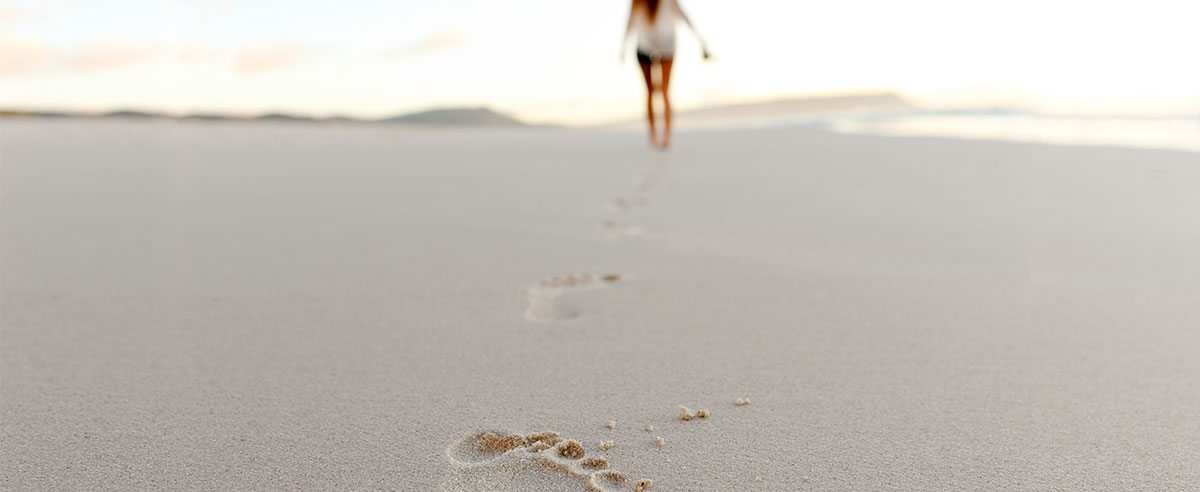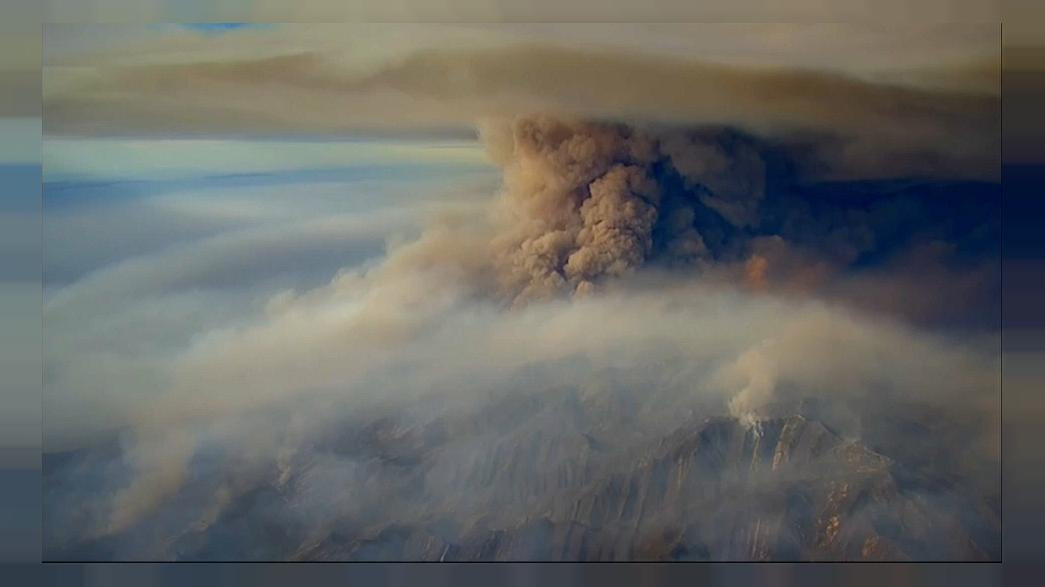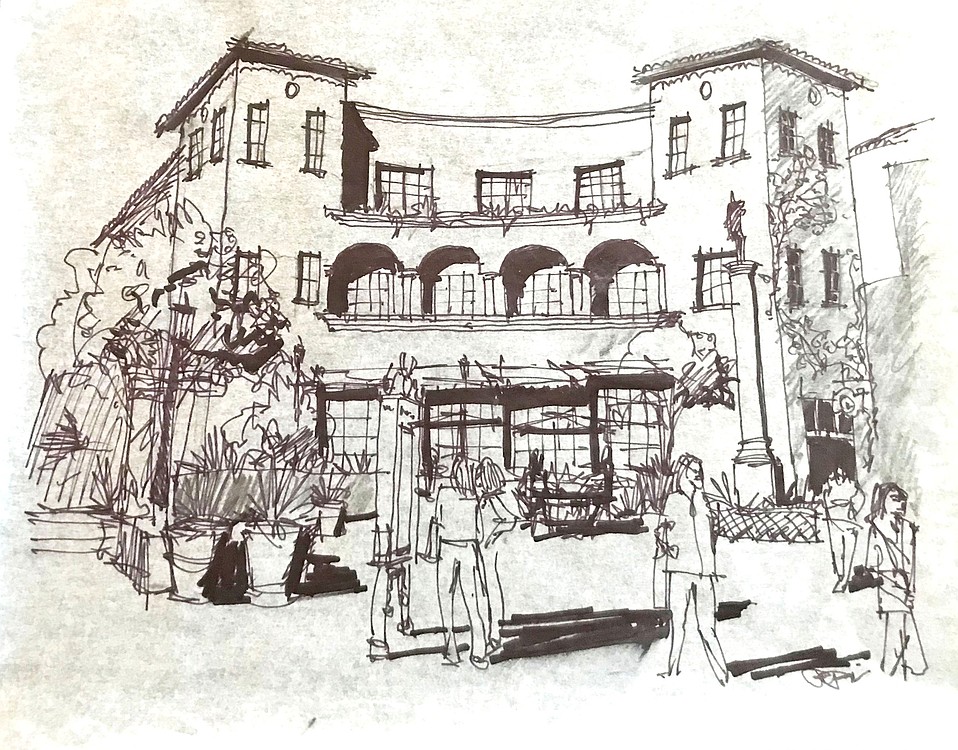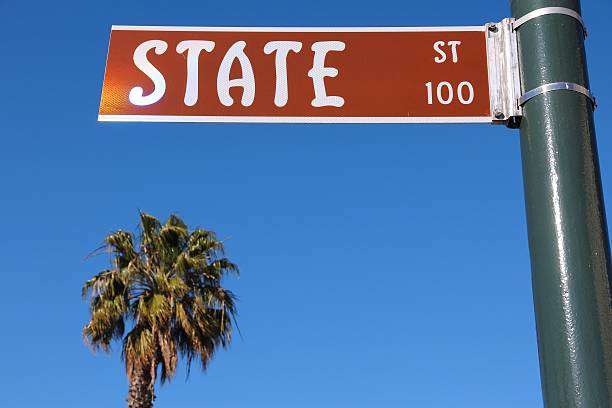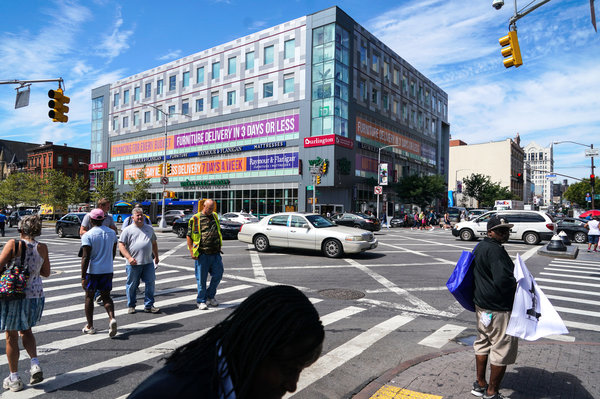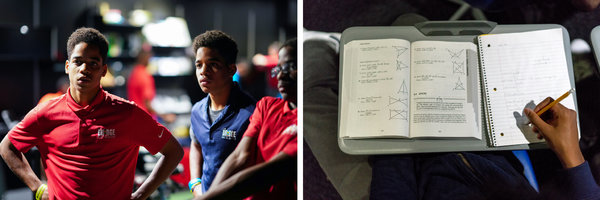Montecito, CA – Boutique shopping, complimentary food tastings, live music, kids’ activities and much more are in store on Saturday, February 24, from 2 pm to 6 pm at various locations in Montecito’s Upper Village.
All local businesses are open and ready to welcome shoppers following the devastating Thomas Fire and subsequent mudflow that shut down business for multiple weeks in December and January. Celebrate Montecito’s Upper Village is an opportunity for the community to show love and support to the restaurants and retailers who help to make the Montecito community the magical place that it is.
“The businesses in the Upper Village have really suffered during the recent events,” said event committee chair Ted Simmons. “We have heard that some businesses lost as much as forty percent of their annual revenue during closures over the holidays. The idea of this event is to gather and show that we appreciate them with our presence and by buying gifts, flowers, home decor, clothes, food and more!”
The event, organized by a group of community volunteers and neighbors, is kid friendly, with various activities including face painting and crafts geared toward the youngest members of our community. There will also be several musical guests at various locations in the Upper Village throughout the afternoon and evening.
Upper Village Businesses will be open and most will be offering discounts and donating to local non-profits to support mudslide relief.
The schedule is as follows:
2:00 to 4:00 pm: Face Painting, Station for Writing Thank You Cards for Firefighters and Rescue Workers in the grassy circle in front of Tecolote Bookstore.
3:30 to 6:00 pm: Music located near Pan e Vino; bands include Bryan Titus Trio, Paradise Kings, Tina Schlieske & the Graceland Exiles. There will also be a DJ spinning tunes in front of Village Wine & Cheese. Dan & the Dairy Queens with Leslie Lembo will be performing in the courtyard by Pierre La Fond & Wine Bistro
source: UPPER VILLAGE BUSINESSES










